Mike Filey shares Historic Toronto Railway Images: Part 3 of 3
We continue our exploration of historic railway images from courtesy of Mike Filey, author of the recently published Toronto Sketches, Volume 11:
The remainder of these photographs show various grade crossings during the 1920’s, most of them eventually replaced by grade separated underpasses. The images also depict crossing shanties similar to the one we have at the Toronto Railway Museum, all but one elevated above the tracks.
#12 – Is the St. Clair crossing of CN’s Newmarket Sub. in 1923 looking northwest. In the background is the Canadian Triangle Conduit Co. at 21 Prescott Avenue. The company is still in business, although not at this location.
#13 – Is the crossing at Strachan Avenue northwest of the Bathurst Street Junction with CPR tracks on the right and the CNR right of way on the left leading to West Toronto. Behind the telegraph poles can be seen the outline of the Bathurst Street bridge.
We move to the east side of Toronto with the next five images:
#14 & #15 – show the Logan Street crossing looking southwest in 1928: first in February from several yards east of the crossing, then in May closer to Logan.
#16 – is a 1927 view looking northeast in the opposite direction at Logan Street and artfully framed by the tree canopy overhead. The distant water tower on the left is probably the International Varnish Company located north of Gerrard Street, another company still quite active and again not at this location, which is now occupied by Riverdale Collegiate Institute.
#17 – is the crossing at Pape Avenue looking southwest in 1925. Most conspicuous is the facility of the Milnes Coal Company, one of the largest local suppliers of the fuel to Torontonians. The firm’s ubiquitousness is proudly announced on the silo. “Branch Yard No. 6. A Yard in Each Section of the City.” In contemporary times, when even the use of coal-fired energy plants is considered controversial in Ontario, during the first half of the 20th century, coal was used almost exclusively by Toronto’s manufacturing sector and to heat stoves and furnaces in most homes throughout the city. Coal was, of course, the primary fuel of the railways, for both heating and propulsion.
#18 – shows Greenwood Avenue in 1926 looking east. The corner of another coal silo can be seen on the far right beside a rail siding with a hopper car. Almost all coal used in the city was transported from the U.S., much of it by steamships across Lake Ontario and Lake Erie, and then by rail to Toronto.
#19 – is at Woodbine Avenue looking west. The still rural appearance of the eastern section of the city three-quarters of a century ago is apparent in these photographs.
Our thanks go to Mike Filey for sharing these images with us. Read Mike Filey’s most recent columns by clicking here.
Click here to return to part 1 of this TRHA News posting.
Click on each image for a closer look!
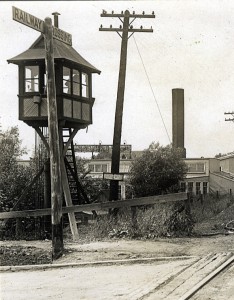 |
| #12 – St. Clair crossing of CN’s Newmarket Sub. in 1923 . |
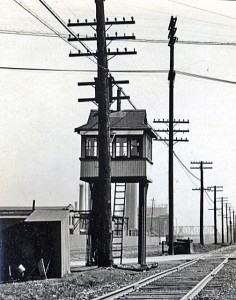 |
| #13: Strachan Avenue Crossing . |
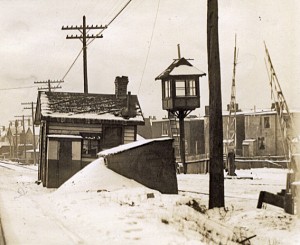 |
| #14: Logan Street Crossing – 1928 . |
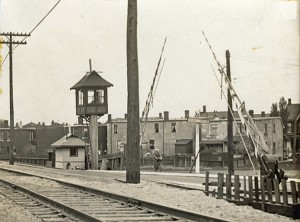 |
| #15: Logan Street Crossing – 1928 . |
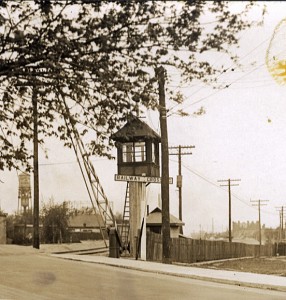 |
| #16: Logan Street Crossing – 1927 . |
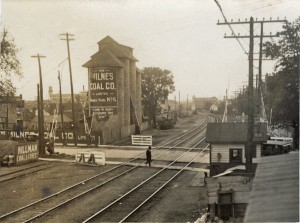 |
| #17 – Pape Avenue Crossing in 1925 . |
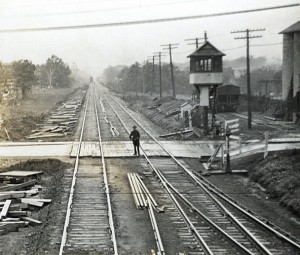 |
| #18 – Greenwood Avenue Crossing in 1925 . |
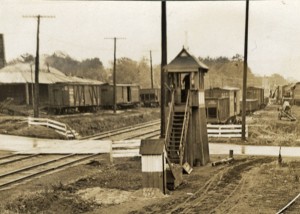 |
| #19 – Woodbine Avenue Crossing . |

